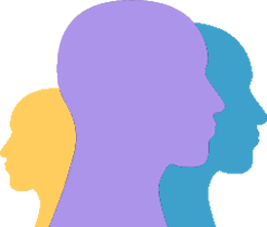A sudden changes in movements, behaviour or feelings, in levels of consciousness can be seizure, caused by uncontrolled electrical disturbance in the brain. There are many types of seizures ranging in severity. Seizure signs and symptoms may include:temporary confusion; staring spell; uncontrollable jerking movements of the arms and legs; loss of consciousness or awareness; psychic symptoms such as fear and anxiety.
A seizure does not necessarily mean that a person has epilepsy, unless the criteria for diagnosis of epilepsy are met. As there are a number of conditions that can be associated with paroxysmal events that can mimic seizures, described in the section 'epilepsy imitators' in EpilepsyDiagnosis.Org, these should be carefully excluded.
Seizure type classification is important for several reasons. The classification has become a worldwide form of communication among clinicians caring for people with epilepsy.
The question of whether a single seizure may be considered to be epilepsy was considered by the ILAE ( International League Against Epilepsy Commission for Classification and Terminology), Fisher et al 2017 .
Seizure First aid
